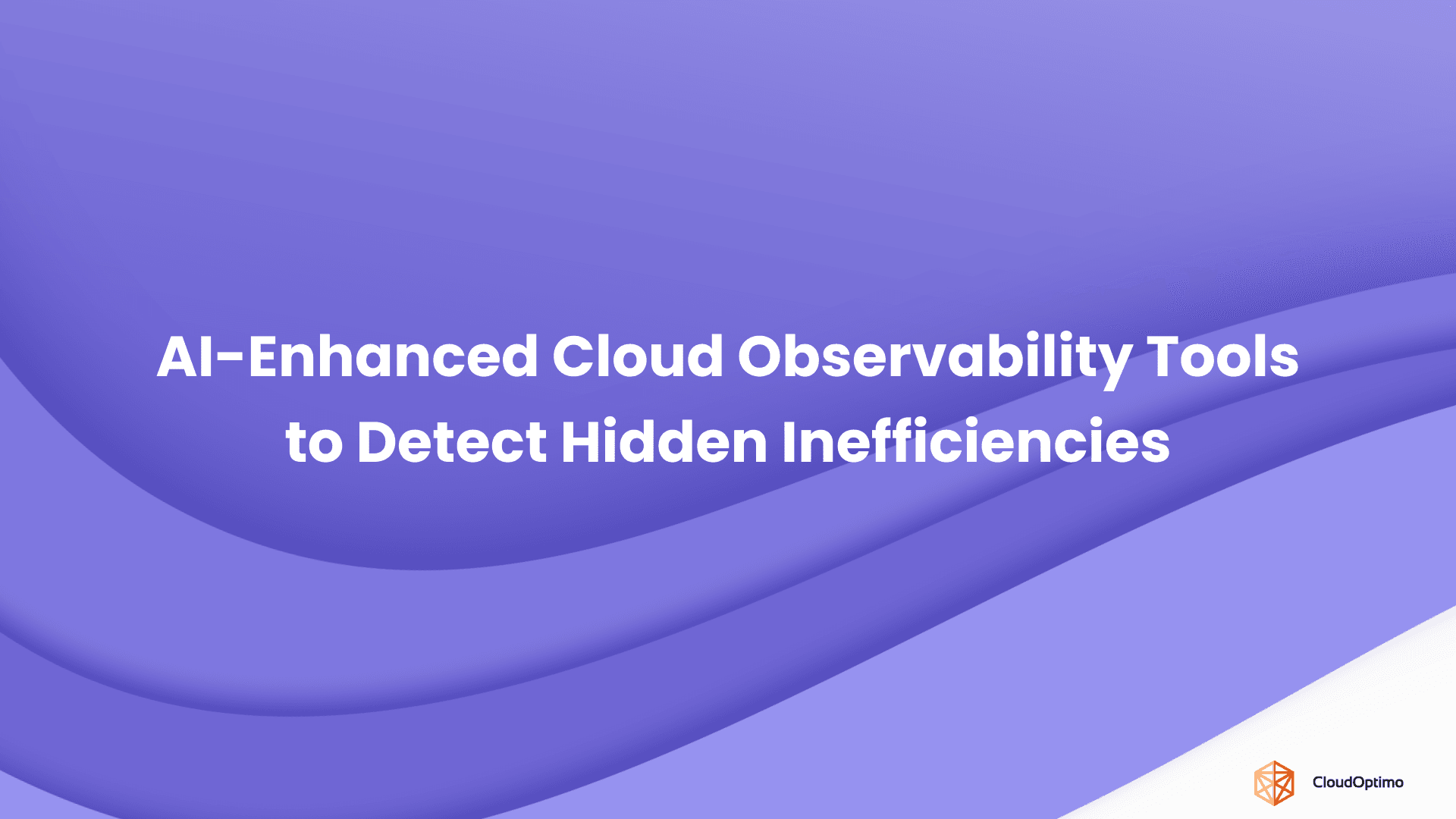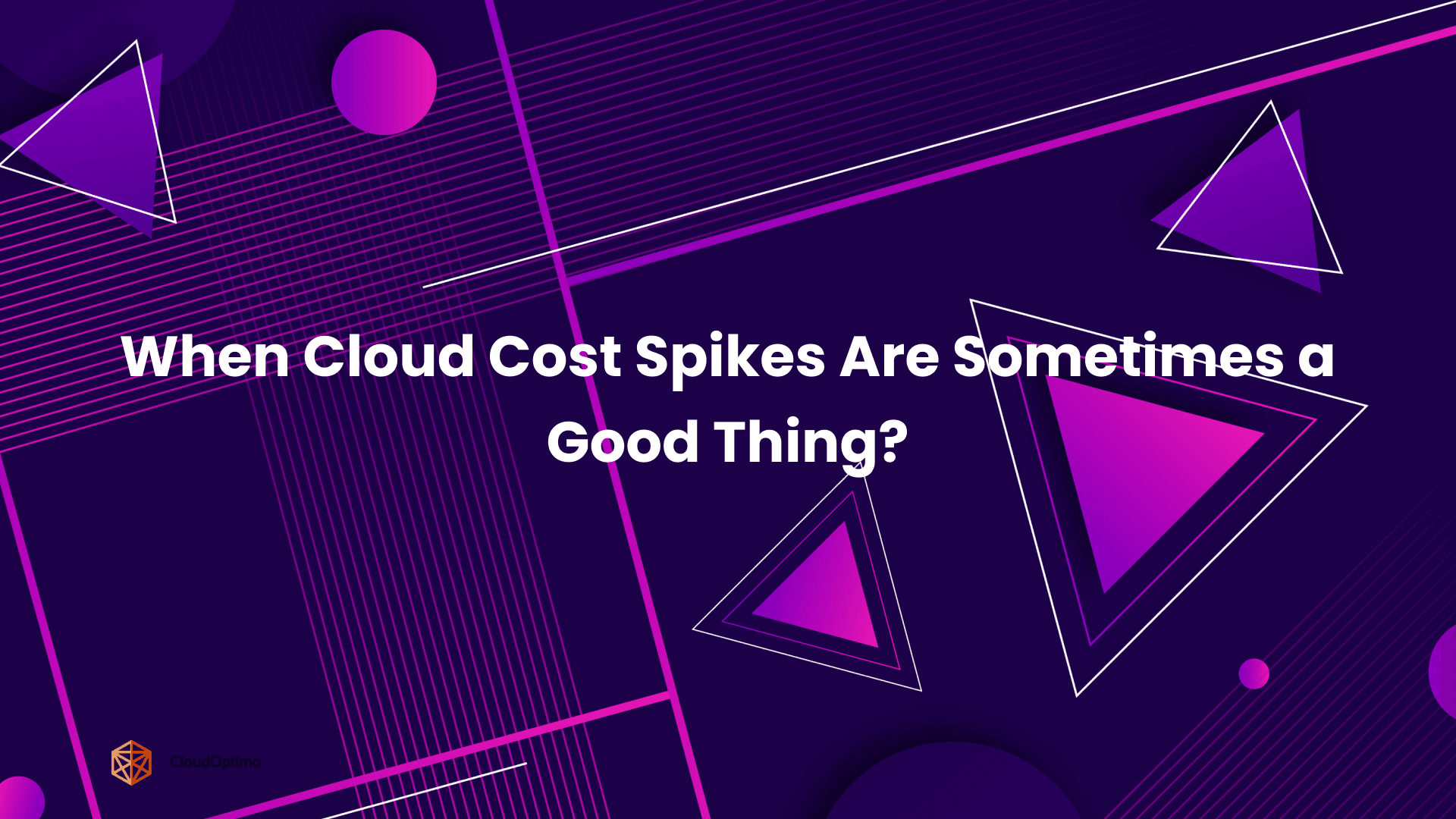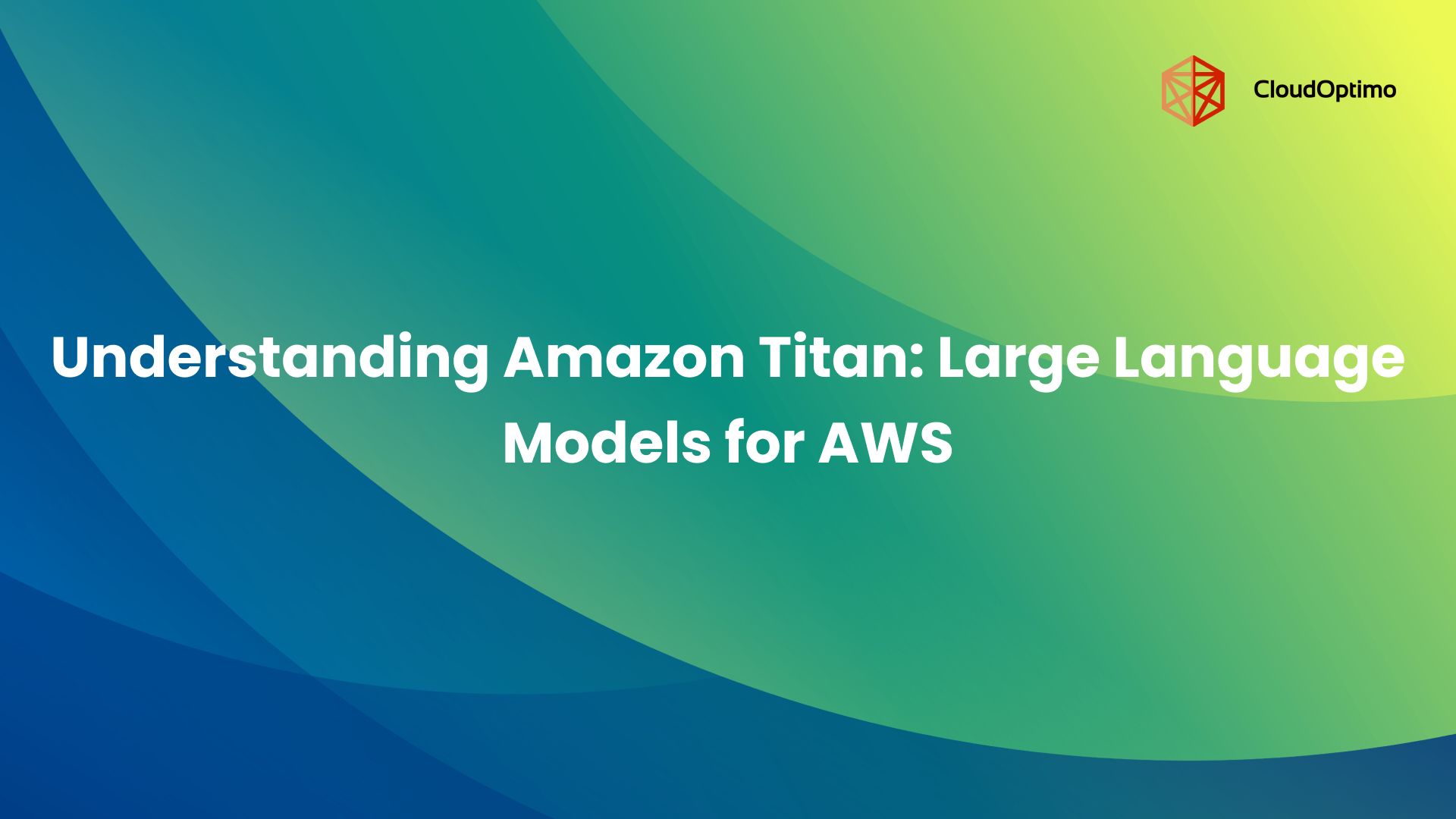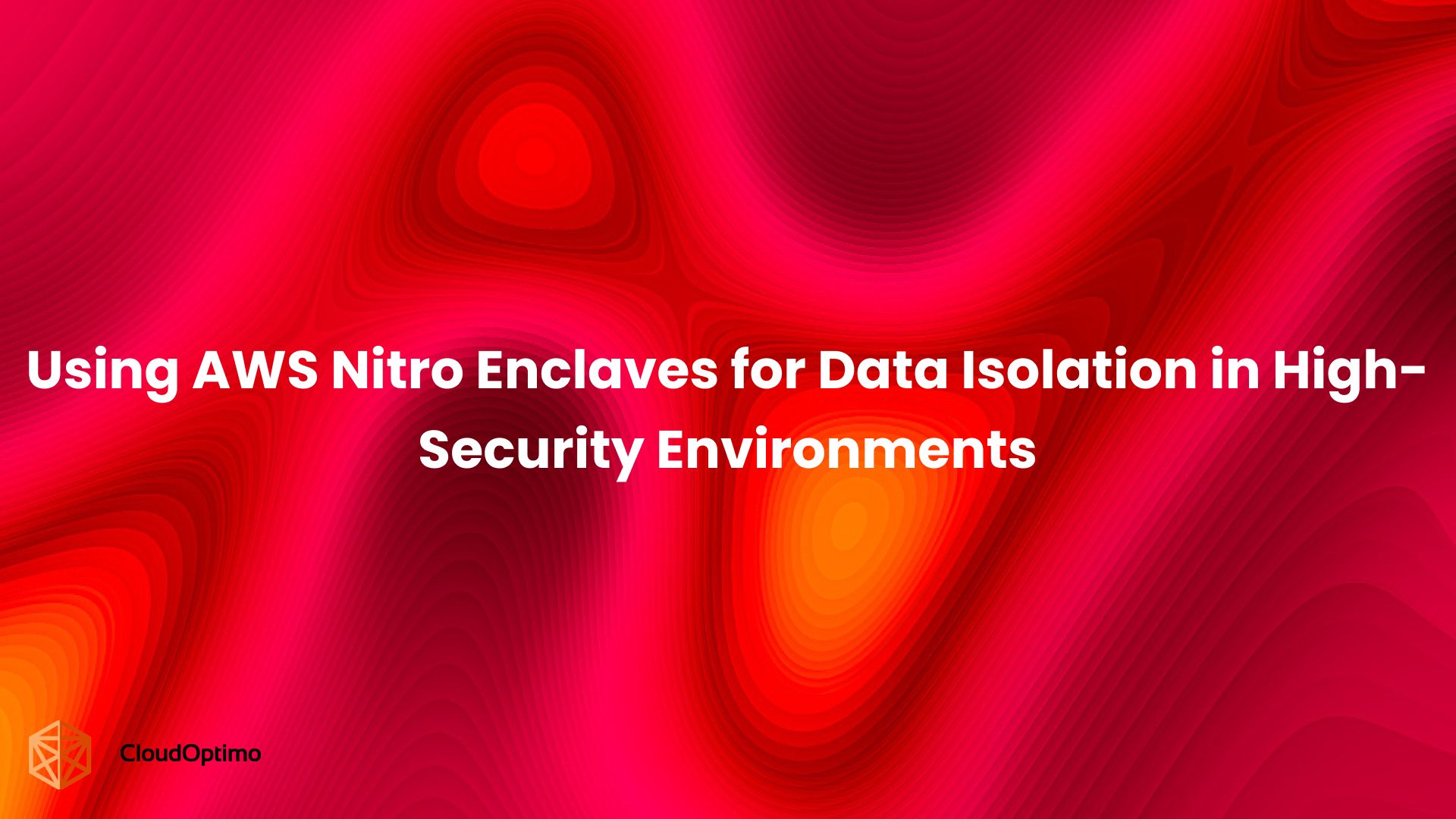The more we rely on AI in the cloud, the more we expose what we can’t afford to lose: the models, the data, and the systems that run everything behind the scenes. Attackers have noticed. And they’re no longer after just data or credentials. They’re coming for the models themselves.
These models, trained on sensitive information and built with proprietary designs and specialized data that represent the organization’s most valuable intellectual property, now face threats that look nothing like traditional cloud attacks. The security gaps aren’t just new; they’re wide open. And they’re being exploited in ways few security teams are prepared for.
What makes this even more urgent is that cloud-native AI tools, such as AWS Bedrock, Azure OpenAI, and Vertex AI, are still evolving, which means that security best practices are not yet standardized. This leaves organizations experimenting with powerful systems that don’t yet have well-defined guardrails, and attackers are using that uncertainty to their advantage.
This shift is creating a threat environment unlike anything we’ve faced in the cloud before, one where AI’s unique attack surfaces are becoming prime targets. Understanding how this landscape is evolving is the first step toward defending it.
The Evolving Threat Landscape for AI-Driven Cloud Environments
Unlike earlier cloud workloads, AI systems introduce new points of exposure from model endpoints to training data pipelines that are now becoming prime targets. These workloads are being integrated faster than security teams can adapt, creating a growing mismatch between how AI is deployed and how it’s protected.
New Priorities for Attackers
Threat actors are no longer just looking for sensitive business data or user credentials. They’re now going after AI models, training datasets, and the logic that drives automated decision-making. These components are often more valuable than traditional assets because they reflect an organization’s core intellectual property and operational advantage. For well-funded groups, including state-sponsored ones, compromising AI systems can provide a long-term strategic edge.
AI models also often serve critical internal or customer-facing functions. If tampered with, they can be used to influence outcomes, manipulate data, or spread misinformation. These risks are attracting new types of attackers, including those with specialized knowledge of machine learning technologies.
Blind Spots in Current AI Workload Security Assessments
Security processes are still focused on protecting user data, access credentials, and core infrastructure. But AI-specific elements like model serving endpoints, training orchestration tools, and automated data pipelines are rarely included in formal risk assessments. In some cases, they’re not even clearly owned by security teams, leading to inconsistent oversight.
This leaves a critical gap. While infrastructure might be locked down, the AI layer operating on top of it remains exposed. And as organizations increase the scale of their AI deployments, these weak spots are becoming harder to ignore.
Key Risk Domains in AI-Driven Cloud Workloads
AI workloads are complex and interconnected. But the threats they face aren’t just byproducts of innovation; they’re direct outcomes of how these systems are built, shared, and scaled. Below are the risk domains that matter most right now, based on what’s being exploited and what’s most exposed.
- Compromised Model Supply Chains
To speed up development, AI teams often download pre-trained models from public repositories such as Hugging Face or GitHub. This creates opportunities for threat actors to introduce malicious components into the AI supply chain. However, in the rush to deploy, these models are sometimes integrated without proper integrity verification.
Attackers may deliberately compromise models uploaded to public repositories by inserting malicious code or hidden behaviors, often without detection before deployment. They may contain hidden payloads, trigger malicious behaviors that activate only under specific conditions, or send data back to a command-and-control server once deployed. These models may perform their intended tasks correctly while simultaneously executing backdoor operations or data collection activities.
AI models are now part of the software supply chain, and attackers know it.
In an incident, a transformer-based model uploaded to a public hub was later discovered to include a hidden callback that secretly sent data back to its origin when used in a live environment. It was downloaded over 15,000 times before being flagged.
If a compromised model is deployed into your pipeline, the damage isn’t limited to performance; it can lead to data exfiltration, loss of model integrity, and even full-environment compromise, such as unauthorized access to infrastructure, data stores, or connected services.
- Exposed Inference Endpoints
One of the most common and overlooked risks in cloud-based AI deployments is unprotected model endpoints. When inference APIs are left open, they become easy targets for attackers.
This happens frequently with self-managed frameworks like FastAPI or TorchServe, where DevOps teams deploy quickly without tightening network exposure. Inference APIs often live outside standard monitoring stacks, creating blind spots for both security and operations teams.
For example, A financial services firm discovered unauthorized inference traffic during a cost anomaly review. Attackers had been testing prompts on a production LLM for over two weeks.
These endpoints are not just an access point; they’re an attack surface. Left exposed, they allow model theft, inference abuse, or prompt-based manipulation that could undermine trust in the system’s responses. And they accumulate compute bills fast.
- AI Model Manipulation and Data Exposure
AI models introduce a new attack surface: they can be probed or manipulated to reveal sensitive information. Key risks include:
Prompt-level manipulation and output leakage:
AI models can be tricked into revealing internal logic, proprietary fine-tuning, or embedded customer data through carefully crafted inputs. These attacks exploit the model’s behavior rather than code or infrastructure, bypassing traditional security controls.
Example: A support chatbot fine-tuned on internal product documentation was induced, via crafted inputs, to disclose unreleased feature plans.
Model inversion and membership inference attacks:
Even without code access, attackers can infer training data details by analyzing outputs. Model inversion reconstructs input data, while membership inference identifies whether specific records were in the training set.
Example: Researchers probed a healthcare model with synthetic patient data, revealing whether real patient records were used, posing privacy and regulatory risks.
Attackers target models because they represent valuable intellectual property, months of training, and access to sensitive datasets, sometimes more valuable than raw data theft.
Both attack classes exploit the AI model itself rather than the underlying infrastructure, highlighting risks unique to AI workloads. Systematic monitoring, input validation, and output auditing are critical defenses against these emerging threats.
- Credential Leakage in AI Pipeline Scripts
AI development workflows often involve complex pipelines that span multiple systems and services. Secrets used in AI workflows - API keys, tokens, database passwords often go unnoticed, until they surface in public code repositories or shared cloud notebooks. This isn’t a flaw in AI. It’s a flaw in the process.
API keys, tokens, and access credentials are frequently hardcoded for convenience or copied across pipelines. GitHub is a frequent leak vector, but so is a forgotten Colab notebook or an over-permissive CI/CD step. These credentials can be exposed through version control systems, container images, or log files.
These secrets don’t need to be cracked; they’re simply there, often with no clear ownership or rotation policy. When leaked, they offer attackers direct access to compute, storage, and models, no advanced exploit needed.
Example: One incident involved a training notebook pushed to a private repo, except the repo was accidentally shared publicly. The embedded credentials provided full access to a data lake.
Once credentials leak, attackers don’t need to bypass your defenses. They just gain access, and with AI pipelines spanning multiple services, a single token can open far more than intended.
- Exploitation of GPU-Oriented AI Workloads
AI workloads depend on high-throughput GPU instances for training and inference operations. In multi-tenant or Kubernetes environments, GPU nodes may be over-provisioned and under-isolated, allowing attackers to hijack GPU resources to:
- Train stolen models or inject malicious behavior into existing models.
- Exfiltrate sensitive model parameters or intermediate outputs.
- Drive up compute costs through unauthorized inference or training.
GPU containers may be vulnerable to resource exhaustion attacks or memory corruption issues.
Attackers can take over containers, gain higher access, or hijack the computing power. This can shut down important processes and cause major problems. Even subtle unauthorized use of GPU resources in AI workloads can compromise model integrity, leak proprietary data, or increase operational costs significantly.
- Unchecked Access to Training Data
AI workloads typically require access to large datasets stored in cloud data lakes. To reduce friction, teams often provide broad IAM permissions that allow everyone in the ML pipeline to access extensive data. However, if even one access token is compromised, the entire training dataset could be exposed.
AI models rely on large datasets to learn patterns and make predictions. Unlike traditional applications, exposure of this data can compromise not just the information itself but the model’s behavior and integrity. Attackers with access to training datasets can probe the data to manipulate model outputs, perform membership inference, or even craft poisoned inputs that affect future model behavior.
For example, a misconfigured object storage bucket gave full read access to anyone with the link, exposing over 100GB of sensitive training data, including anonymized customer transactions.
Because AI models embed knowledge from training data, even limited exposure can have outsized consequences: models can be indirectly influenced, sensitive patterns inferred, or regulatory requirements violated. Mitigating these risks requires granular access controls, auditing of data usage, and secure pipeline design, ensuring that training data cannot be leveraged to compromise model behavior or privacy.
How Cloud Misconfigurations Amplify AI Security Risks?
Misconfigurations in cloud environments are a well-known source of vulnerabilities. But when these missteps affect AI workloads, the impact becomes more severe. AI systems depend on sensitive data, powerful infrastructure, and complex service integrations, each of which can be exposed or compromised due to simple configuration errors.
Overlooked IAM Misconfigurations Affecting AI Pipelines
AI pipelines often span multiple cloud services, requiring service accounts and permissions that are more complex than in standard applications. To enable automation, teams often assign broad permissions to service accounts or roles, especially during experimentation or rapid development.
Over time, permissions are rarely reviewed or reduced. As a result, the accumulation of excessive privileges is common, giving AI services unnecessary access to data stores, model registries, or infrastructure components. These misconfigurations create hidden privilege escalation paths that attackers can exploit to move laterally across services or gain access to sensitive AI assets.
Without strict role definitions, AI pipelines gain excessive trust across the environment.
Unmonitored Storage Buckets Exposing Training Data
During training, AI systems produce intermediate outputs such as model checkpoints, logs, and processed datasets, which are stored in cloud storage buckets. While these buckets play a critical role in model development and retraining, they are frequently left unmonitored or configured with relaxed security policies.
In many environments, access to these buckets is not logged, encrypted, or restricted to the minimum necessary roles. Public access settings, forgotten permissions, or overly broad service access can lead to silent exposure of proprietary models or sensitive datasets.
Public read permissions, weak encryption settings, or missing access logs can turn them into high-value targets for attackers.
The result is an under-protected data layer holding the same sensitive content that would be tightly controlled in a production database.
Network Exposure Risks for AI Services
AI services, especially those performing inference or training, frequently require network access to pull datasets, fetch pre-trained models, or serve inference results. Without strict controls, training, and inference endpoints can remain exposed beyond what is necessary.
Training workloads might be granted broad egress permissions or placed in subnets without tight controls. Inference services may be exposed to the public internet through APIs without strict access control or proper gateway protections. And in some cases, VPC or firewall rules fail to isolate AI resources from broader internal systems, increasing the blast radius of a successful attack.
When these misconfigurations overlap with the risks unique to AI workloads, the result is an environment where a single oversight can compromise not just cloud resources but the integrity and confidentiality of AI systems themselves.
Real-World Indicators of AI Workload Compromise
Detecting compromised AI workloads requires understanding the normal operational patterns of these systems and identifying deviations that may indicate malicious activity.
Operational Red Flags
AI workloads typically operate within predictable usage and behavioral baselines. Deviations from these patterns can signal compromise:
- Unusual GPU utilization, such as persistent high usage during off-hours or unexpected training jobs, may suggest unauthorized training activity.
- Irregular API call patterns, including abnormal volume, frequency, or query structure, may indicate attempts to extract model functionality or conduct inference abuse.
- Variations in model output, including reduced accuracy, unexpected responses, or behavioral drift across similar inputs, can be signs of model corruption or tampering.
Cost Anomalies That May Indicate Abuse or Infiltration
Because AI workloads are compute-intensive, cost metrics can reveal security issues that operational monitoring may miss:
- Unexpected increases in resource consumption, including GPU costs, data storage, or network transfer, often point to unauthorized usage or shadow workloads running within the environment.
- Anomalous geographic billing patterns, such as charges originating from unfamiliar regions, can suggest that compromised credentials or keys are being used externally.
Monitoring for cost deviations across AI-specific services provides an additional detection layer that aligns well with infrastructure-scale abuse.
Behavioral Signs in Model Output Suggesting Tampering
Compromised models often demonstrate subtle but detectable behavioral changes over time:
- Declining validation performance without changes to data or code can point to backdoor insertion or adversarial interference.
- Emergence of bias or inconsistent decision patterns may reflect model manipulation intended to influence or degrade outputs.
- Drift in outputs across similar or repeated inputs should trigger investigation, especially when model versions remain unchanged.
Implementing version-controlled benchmarking and output audits helps surface these shifts and enables early response before model deployment integrity is impacted.
Emerging Threats Are Evolving Rapidly
The threats targeting AI-driven cloud workloads are becoming increasingly sophisticated. Attackers are shifting from data theft to directly targeting models, training data, and inference pipelines. New vulnerabilities, like prompt-level manipulation or compromised model supply chains, will continue to emerge as AI workloads scale and diversify. Understanding current indicators of compromise is critical, but organizations must remain vigilant, as the threat landscape is not static and will continue to evolve alongside AI technologies.





